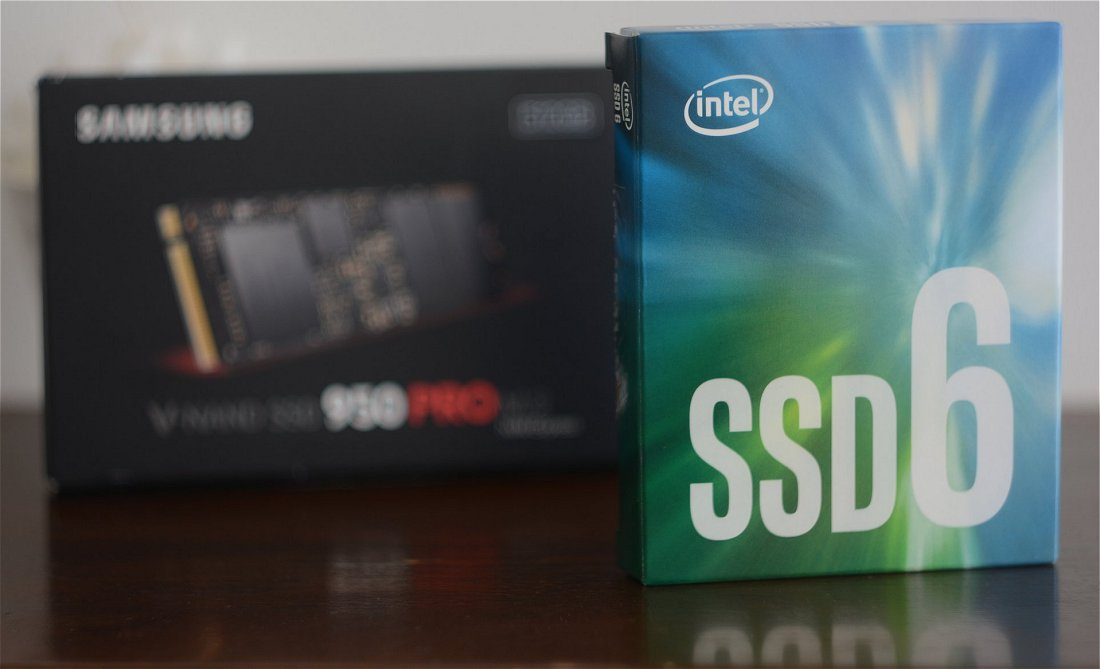Announcing half a dozen new 3D NAND-based SSDs in August, Intel's SSD 600p Series in particular caught our attention for being an aggressively priced M.2 NVMe-based model targeting consumer desktops and notebooks.
Using 3D TLC flash memory developed in conjunction with Micron, Intel has been able to keep pricing in check and offers the 600p in capacities starting at 128GB for $67 with sequential reads and writes of up to 770MB/s and 450MB/s (1.8GB/s and 560 MB/s on the 1TB model).
While that's slower than what we have come to expect from M.2 NVMe drives, keep in mind that this series is meant to be affordable. At just $0.36 per gigabyte, the 600p 512GB looks to be exceptional value, particularly when you consider that the cheapest TLC SATA 2.5" drives cost $0.24 per gigabyte and should be a good bit slower. Not only that, but compared to SATA MLC drives like the Samsung SSD 850 Pro, the Intel 600p is quite a bit cheaper.
